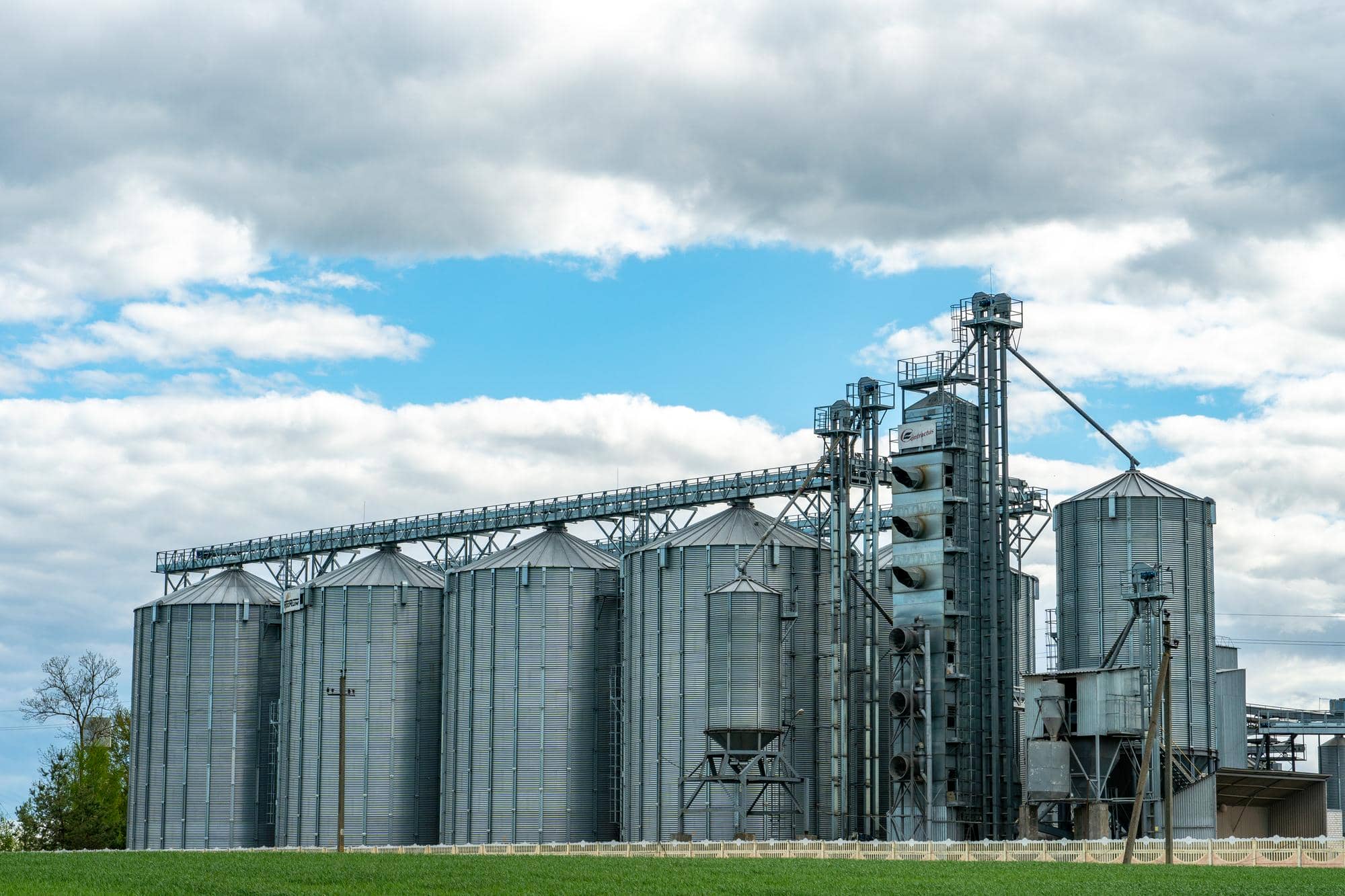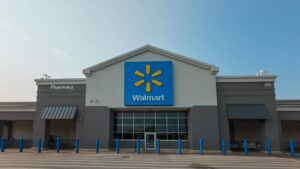Cargill, a global agricultural giant, exemplifies Cargill Success as a family-run business founded in 1865 by William Wallace Cargill. Now the world’s largest private company, it specializes in grains, edible seeds, livestock feed, starches, vegetable oils, and more. This article explores its history, strategies, innovations, and achievements.
The Origins of Cargill Success: How It All Began
In 1865, William Wallace Cargill left home to buy farmland in Iowa, marking the start of Cargill’s journey. His brothers, Sam and Sylvester, joined him, expanding the business. High grain prices during World War I brought significant profits, attracting more family members to the venture. Their motto—“Our word is as good as our bond”—defined their commitment to trust, laying the foundation for Cargill Success as a leading U.S. grain trader.
Growth and Challenges
The company faced its first financial loss in 1920, prompting the creation of a 1922 laboratory for precise grain analysis. This innovation spurred global expansion, establishing Cargill Success worldwide. However, economic challenges led to a 20% employee pay cut and office closures. Post-World War II, Cargill adapted to emerging industries by enhancing product packaging, restarting South American offices, and adding soybeans, hybrid seeds, and oilseeds, setting the stage for decades of Cargill Success.
Expanding Product Lines
Over the decades, Cargill’s offerings grew significantly, including eggs, cocoa, coffee, meat, poultry, fertilizers, flour, juices, peanuts, oil, rubber, and salt. This diversification, driven by customer demand, fueled Cargill Success. By 2003, the company’s revenue exceeded $1 billion, with global aid reaching $22 million. In 2010, revenue hit $116 billion, with over 140,000 employees across 66 countries. The Cargill and MacMillan families (the latter joined through marriage) own 85% of shares, reinforcing the family business model behind Cargill Success.
Cargill’s Sustainability Strategies
Cargill’s Cargill Success is rooted in three priorities: climate, water, land, and people. The company protects natural resources, restores degraded lands, and conserves water. Recognizing agriculture’s role in addressing climate change and food insecurity, Cargill collaborates with universities, NGOs, and policymakers to promote sustainable farming. Innovations like converting waste oils into renewable fuels and reducing water waste further drive Cargill Success. Their “people first” strategy emphasizes human rights, food access, safety, and diversity, backed by a $163 million investment in global nutrition.
Cargill Success through Artificial Intelligence
Beyond traditional agriculture, Cargill leverages advanced technologies like artificial intelligence (AI) and climate modeling. AI helps predict weather, crop growth patterns, and market fluctuations, optimizing planting, harvesting, water use, and waste reduction. These tools enhance productivity and adaptability to climate change, ensuring Cargill remains at the forefront of agricultural innovation.
Cargill Success Compared to Competitors
| Name | Type | Founded | Founder | Employees | Focus |
| Cargill | Private | 1865 | William W. Cargill | 140,000+ | Food, grains, beverages, agriculture |
| Cofco | State | 1949 | SASAC | 110,896 | Oil, food |
| Findus Sverige | Private | 1903 | Carl Axel Tollin | 220 | Seafood, canned foods |
Cargill’s scale and family-driven approach outpace competitors like Cofco and Findus Sverige, particularly in employee count and product diversity.
Conclusion
Cargill began as a family-run venture on a small Iowa farm and grew into a global leader in agriculture. Through innovation, sustainability, and AI, it addresses today’s challenges like climate change and food security. With a strong commitment to people, the planet, and progress, the company continues to shape the industry in 2025 and beyond.








